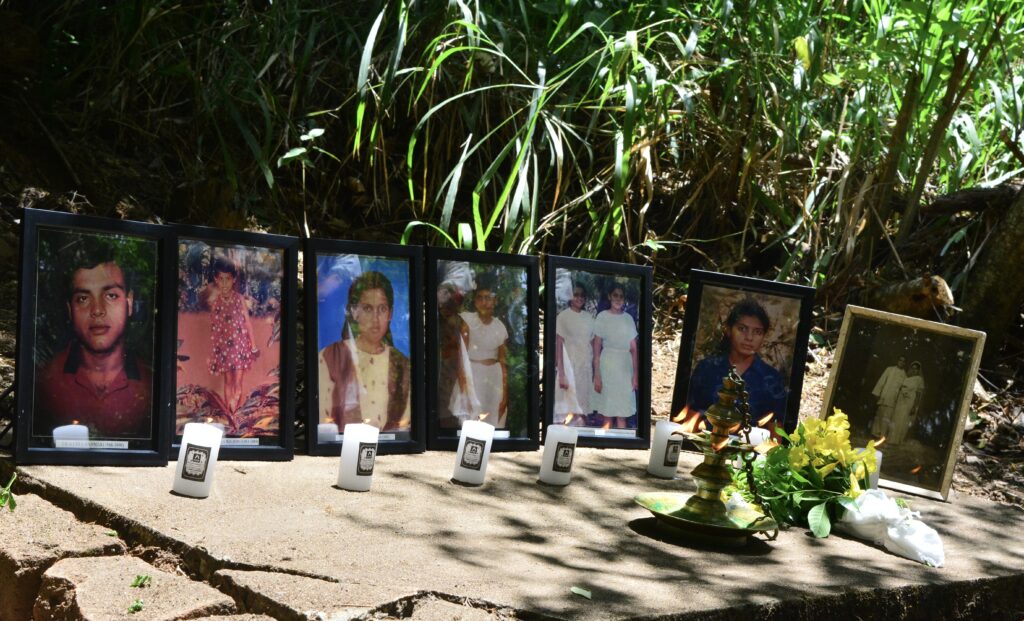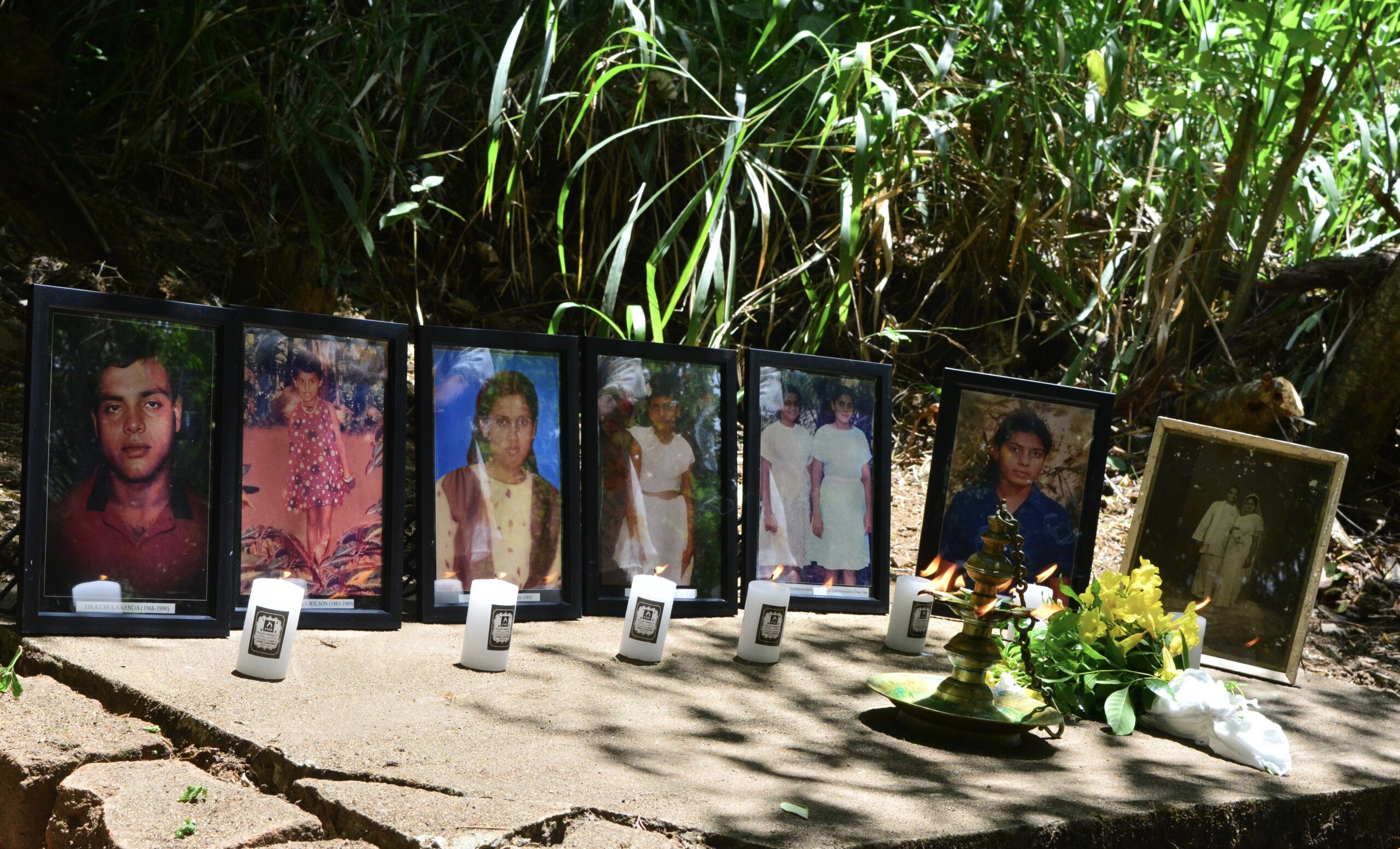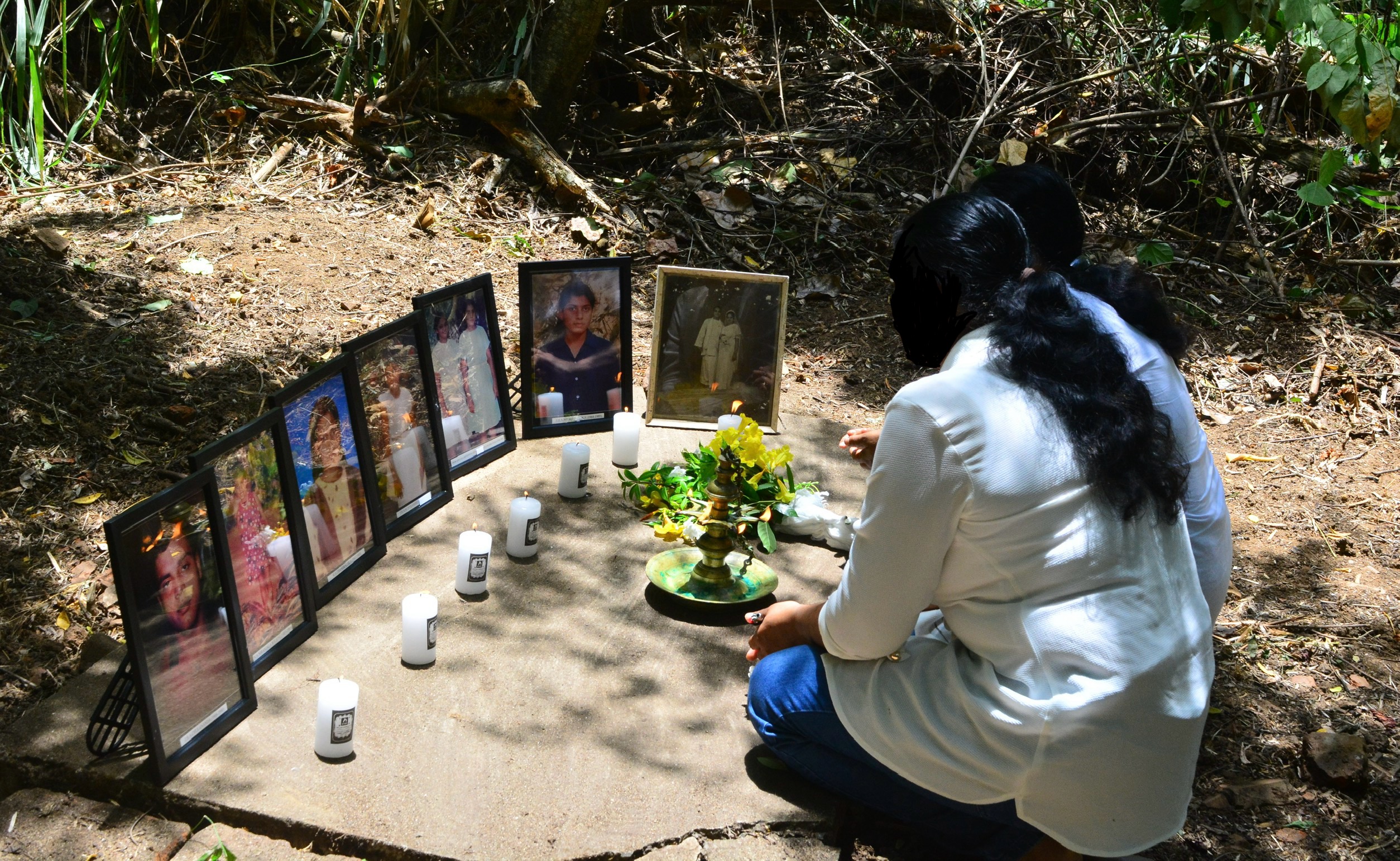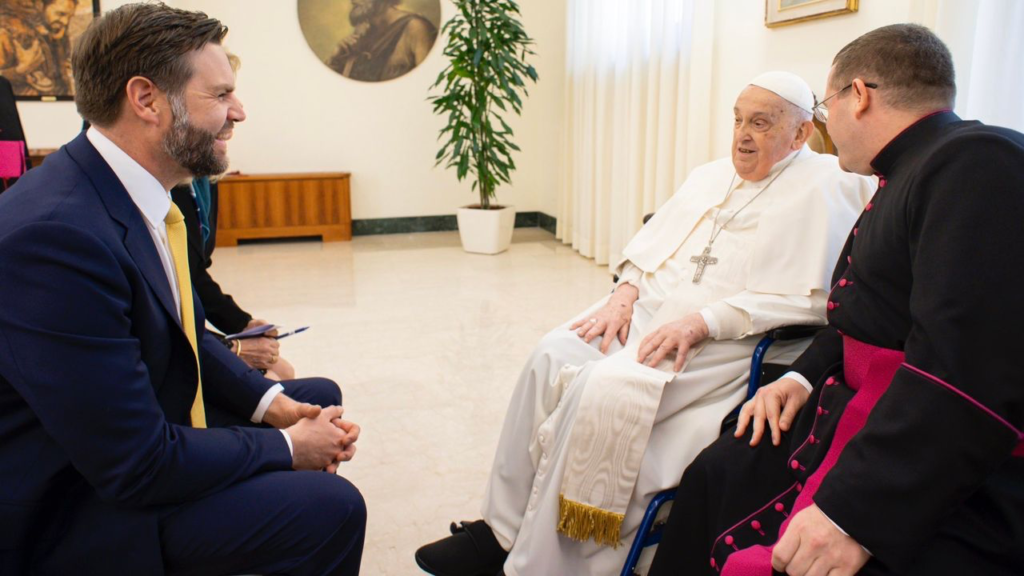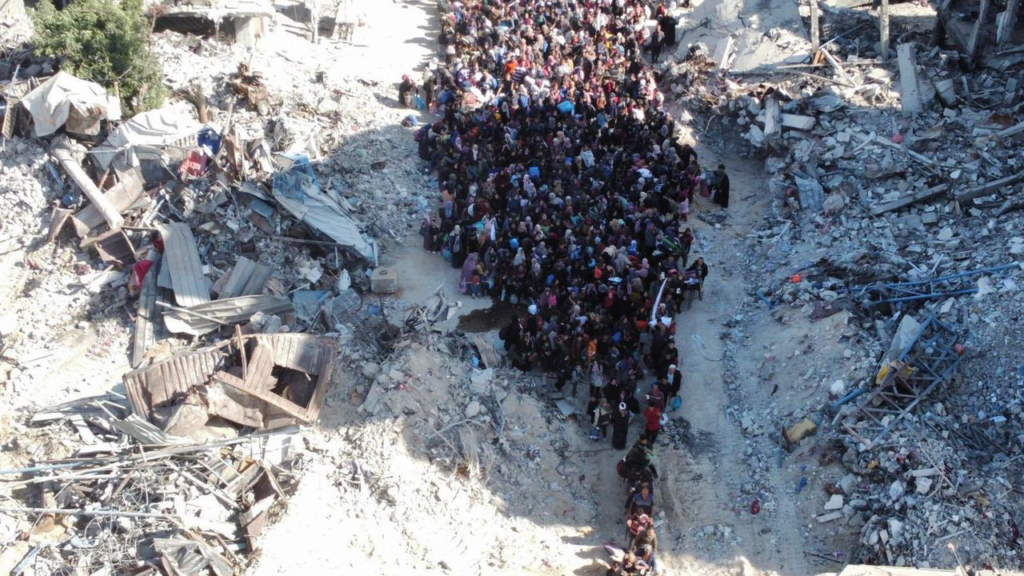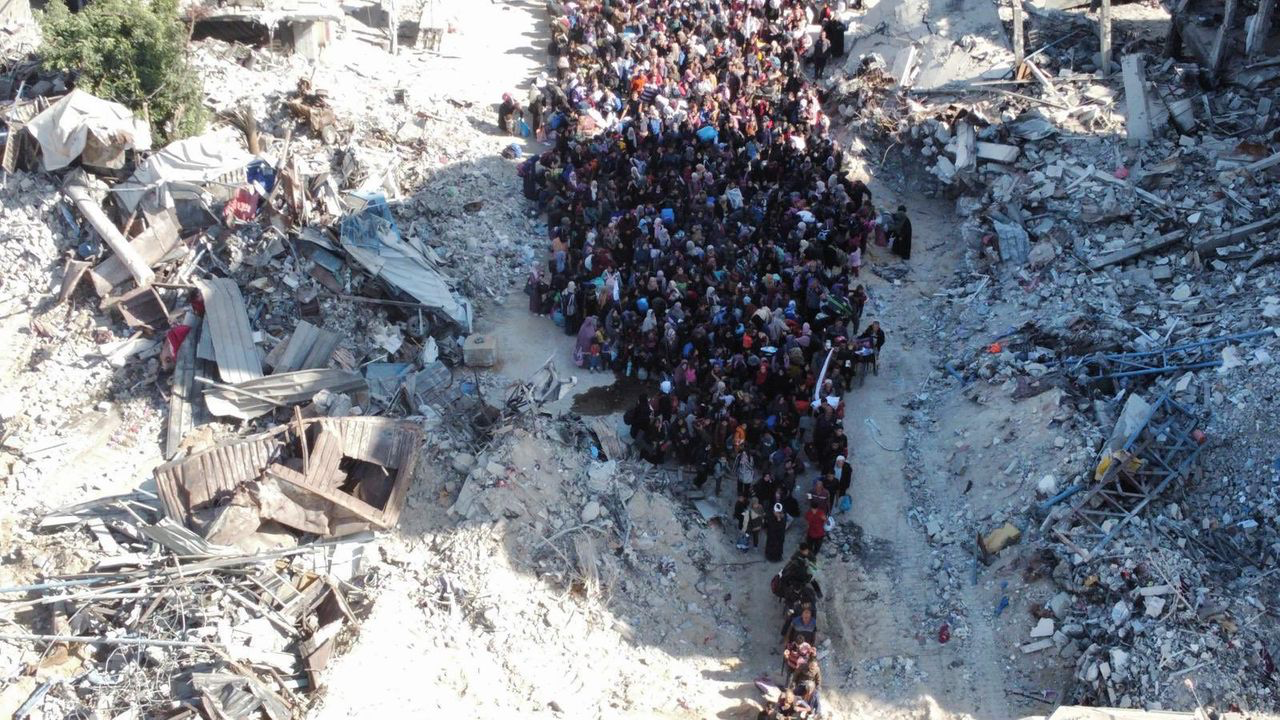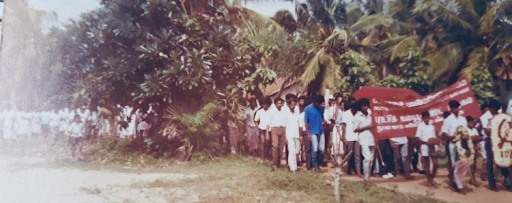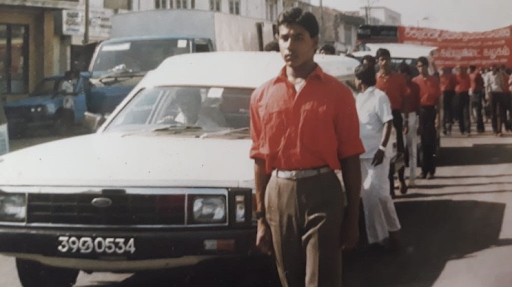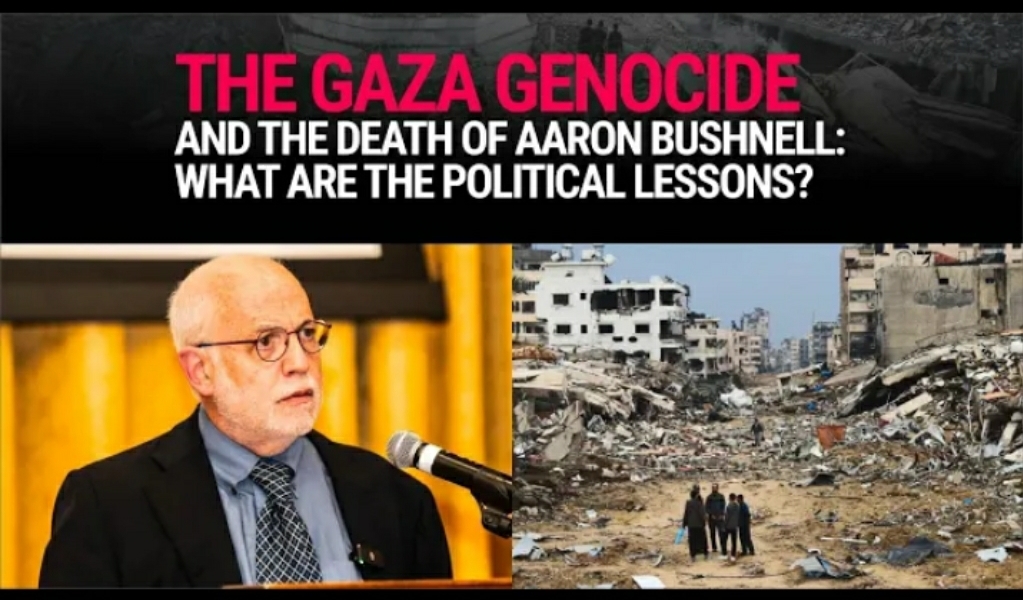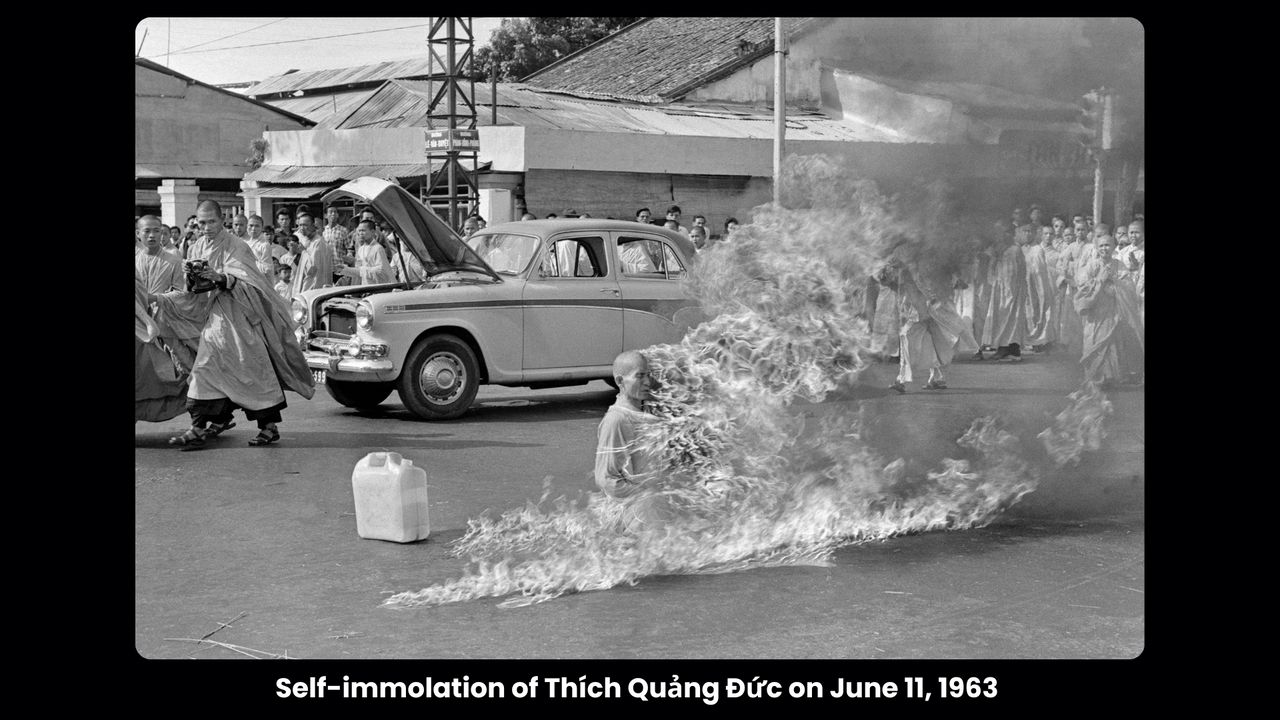Former Kenyan prime minister Raila Odinga dies aged 80
This article was originally published in the World Socialist Web Site on 16 October 2025.
Few figures have done more to derail and contain the revolutionary strivings of Kenya’s oppressed masses than Raila Odinga. His death on Wednesday ends the long political career of a man who, for more than four decades, served as a central pillar of capitalist rule and imperialist domination in Kenya. Whether as opposition leader, cabinet minister, or prime minister, Odinga played the role of political fixer, channelling mass protests against inequality, corruption, and repression into the dead end of constitutional reform and imperialist-backed “national unity” coalitions.
Born in 1945 in Maseno, western Kenya, Odinga was the son of Jaramogi Oginga Odinga, Kenya’s first vice president after independence and a co-founder of the Kenya African National Union (KANU) alongside Jomo Kenyatta, the country’s first president. KANU struck a deal with British imperialism and ruled a de facto one-party state for over three decades.

In the early years after political independence, Jaramogi Odinga emerged as the leading figure of KANU’s left wing. Amid mass support for socialism among workers and the rural masses, Odinga sought to secure a base, advancing a programme of state-driven capitalist economic development within the national boundaries imposed by colonialism, the seizure of European settler farms without compensation and the rapid Africanisation of the civil service and public-sector jobs, as he explained in his book Not Yet Uhuru [Not Yet Freedom] (1967). These were measures to be carried out by a capitalist government leveraging close ties with the counterrevolutionary Soviet bureaucracy, not by the working class in alliance with the rural masses.
Kenyatta crushed this opposition, banning Odinga’s attempts to launch a new party, the Kenya People’s Union (KPU), and placing Odinga under house arrest.
In the decades after independence, Kenya’s new elite enriched itself through vast land grabs financed by Western loans, buying up former settler estates at the expense of the rural poor while looting state resources and deepening military and economic ties with British and American imperialism that continue to this day. As with other post-colonial African independence governments, Kenya’s experience exposed the organic incapacity of Africa’s bourgeois nationalists to realise the aspirations of the African masses for freedom from foreign domination, democracy, and social justice.
Raila Odinga’s political ascent was built on his father’s legacy as the nominal left opposition to Kenyatta and his successor Daniel arap Moi. Educated in Stalinist East Germany as a mechanical engineer, he returned to a Kenya that his father had helped build to join the ranks of the new ruling class, expanding the family’s business empire in energy, construction, and media. By the time of his death, his fortune was estimated at between $1.2 and $3.3 billion, placing him among the richest 0.1 percent of Kenyans—an oligarchic layer of roughly 8,300 individuals who, according to Oxfam, own more wealth than the bottom 99.9 percent combined. This obscene inequality epitomises the class gulf between Odinga and the millions he claimed to represent.
Odinga under Moi and Kibaki
Odinga’s political career began in the 1980s after his arrest following the failed 1982 coup attempt against Moi’s regime. He spent nearly eight years in detention, during which he was beaten, denied medical care, and subjected to psychological torture that left him with lasting speech difficulties. Upon his release, he re-emerged in the 1990s as a leading figure in the bourgeois opposition to Moi’s dictatorship, the “Second Liberation” movement. Alongside Kenneth Matiba and Charles Rubia, Odinga campaigned for the restoration of multi-party democracy, channelling growing popular anger against the regime into a struggle for limited constitutional reforms within the framework of capitalism.
Odinga’s role as leader of the opposition was boosted by what passed as the leading underground left-wing opposition to the regime, the Maoist Mwakenya. With its two-stage theory of first reinstalling capitalist democracy, postponing indefinitely the struggle for socialism, it helped funnel opposition into Odinga’s camp. It called for “all progressive democratic and patriotic political organisations, workers trade unions, peasant cooperatives, professional bodies, religious organizations, student societies, the business community, welfare and other nongovernmental interest groups to unite in a single force of action to pressure Moi to resign.” Many of its members, including future Chief Justice Willy Mutunga, became key Odinga allies.
Facing mounting unrest and pressure from Washington, long his backer but now fearful of a genuine popular uprising, Moi was forced to repeal the constitutional ban on opposition parties, paving the way for Kenya’s first multi-party elections in 1992.
By the late 1990s, Odinga had reconciled with the regime and merged his National Development Party (NDP) with Moi’s deeply unpopular KANU after contesting the 1997 elections. He went on to serve as Moi’s Minister of Energy, marking his entry into the state apparatus.
In 2002, as social opposition to Moi intensified, Odinga left Moi’s government and joined a coalition of anti-Moi bourgeois parties led by Mwai Kibaki, Moi’s former minister of finance. With Kibaki ill during the campaign, Odinga effectively led the election effort that ended Moi’s 24-year rule. However, after the victory, Kibaki sidelined him, denying Odinga and his allies the senior positions they had been promised. Given the post of Minister for Roads, Odinga soon fell out with Kibaki, whose government, like Moi’s before it, unleashed brutal police violence—including the extrajudicial killing of an estimated 8,000 mostly young men.
Out of power, Odinga continued as the main opposition figurehead, while making it clear he was virulently opposed to socialism. In his autobiography, The Flame of Freedom (2013), he recounted how, ahead of the 2007 elections:
Because of my father’s and my longstanding support for equitable distribution of national resources, I had often been accused of being left-wing anti-capitalist (the latter a strange misconception about a man who, like his father before him, had long been involved in private enterprise). It was said that, as president, I would reverse some privatisations and make radical changes to the Kenyan stock market. The latter probably also had a connection with the charge I had made that the extensive profits from illegal drug-dealing had been ploughed into the national bourse [stock market]. In mid-October, I visited the Nairobi Stock Exchange to offer assurances of my support for its continued activities.
The “Grand Coalition” with Kibaki and alliance with Kenyatta
The 2007 elections marked the peak of Odinga’s political influence and the most violent crisis of Kenya’s post-independence history. Running as the main opposition candidate against incumbent Kibaki, Odinga appeared poised for victory until widespread electoral fraud secured Kibaki a self-declared win. Odinga called for mass demonstrations, and his supporters, largely drawn from Kenya’s working-class and impoverished layers in the slums and rural areas, poured into the streets.
The regime responded with brutal repression. Ethnic violence, stoked by both ruling factions, engulfed the country, leaving more than 1,300 people dead and over 650,000 displaced. William Ruto, now Kenya’s president but then an ally of Odinga, played a criminal role in fomenting ethnic clashes for which he was later indicted by the International Criminal Court.
Odinga, fearing that the mass opposition might break out of his control and advised by Washington, entered into a US-brokered power-sharing agreement with Kibaki in 2008, becoming prime minister in a “Grand Coalition” government. The imperialist powers hailed the deal as a model of “stability.” It was designed to preserve Kenya’s role as a key regional base for Western military and financial interests.
During his five years as prime minister (2008–2013), Odinga demonstrated his loyalty to imperialism. His government backed US-led military interventions in Somalia under the banner of the “war on terror,” and supported France’s 2011 invasion of Ivory Coast. Domestically, his administration helped push through the 2010 Constitution, drafted under US and British guidance, as a mechanism to contain mass anger and restore confidence in the capitalist order after the post-election bloodshed of 2007.
In 2013, Odinga lost to Uhuru Kenyatta, son of the country’s first president. As disillusionment with the political establishment deepened, Odinga’s role as a “progressive” alternative was shown to be a fraud. When the 2017 elections were again marred by corruption and saw the killing of over 100 protesters, he briefly postured as leading a “people’s resistance movement.” But in early 2018, he abruptly reconciled with Kenyatta in the so-called “Handshake,” presenting the pact as a step toward “national unity.”
By the time of the 2022 election, Odinga had openly transformed into capitalist political fixer par excellence. Backed by Kenyatta, Kenya’s richest man whose family owns a multi-billion-dollar business empire, he faced Ruto, a former ally who exploited popular anger with a populist “bottom-up” campaign and by presenting himself as an outsider—despite being the sitting deputy president. Ruto’s slim victory reflected widespread hostility to Kenya’s political dynasties, including Odinga.
Once elected, Ruto violently turned against the working class, as the economic crisis facing the country deepened, particularly soaring costs of living intensified by the NATO-Russia war in Ukraine and the COVID-19 pandemic. In 2023, Ruto imposed the first round of an IMF austerity programme, sparking mass protests. Odinga once again sought to channel mass discontent. He called intermittent protests against the austerity-driven Finance Bill 2023, only to suspend them when they began to merge with broader strikes by teachers, doctors, and civil servants. Dozens of his supporters were gunned down.
Odinga and Ruto versus the Kenyan working class and youth
Just when Odinga believed he had successfully contained social unrest, the Gen-Z uprising of mid-2024 erupted against the entire Kenyan political establishment. What began as protests against President Ruto’s IMF-dictated Finance Bill 2024—imposing sweeping taxes on fuel, bread, cooking oil, and digital services—quickly developed into a nationwide rebellion against the whole post-independence capitalist order. Unlike previous mobilisations, this movement arose entirely outside Odinga’s control. On June 25, protesters stormed parliament, and in the brutal crackdown that followed more than 60 people were killed, thousands arrested, and dozens abducted.
While he publicly voiced sympathy for the protests, Odinga was privately negotiating with Ruto on how to defuse them. Soon after, he integrated his Orange Democratic Movement into Ruto’s administration to form the current “broad-based” government, providing a political cover for the regime to push ahead with its IMF austerity agenda and consolidate a police-state dictatorship. Odinga then moved to co-opt self-styled Gen Z “leaders” into the regime’s orbit.
The result was a de facto parliamentary dictatorship, lacking even a nominal opposition. It soon escalated bloody repression. Last July, as hundreds of thousands took to the streets, security forces killed 57 demonstrators and injured more than 600 in one of the worst massacres perpetrated by the Kenyan ruling class in decades.
Nothing could better expose the rottenness of Odinga than his death being used by the current Ruto regime to impose austerity and police-state measures. Barely had the ink dried on Odinga’s death certificate, with the media providing wall-to-wall obituaries hailing his democratic credentials, than Ruto decided to sign into law eight deeply authoritarian and anti-working-class bills.
These include the Privatisation Bill 2025, which allows the government to sell off state-owned enterprises without parliamentary approval; the Computer Misuse and Cybercrimes (Amendment) Bill 2024, granting sweeping powers to police and intelligence agencies to monitor, censor, and shut down online platforms; and the National Police Service Commission (Amendment) Bill 2024, further expanding executive control over the security apparatus.
Other laws include the National Land Commission (Amendment) and Land (Amendment) Bills, centralizing decision-making authority in Nairobi, weakening local land protections to allow more land looting by Ruto’s entourage, while the Air Passenger Service Charge (Amendment) and Virtual Asset Service Providers Bill impose new levies.
In one of his final interviews with the Sunday Nation, Odinga drew a parallel between Kenya’s youth revolt and the Egyptian Revolution of 2011, which toppled Hosni Mubarak. He recalled being “the last international leader hosted by Mubarak” before the dictator’s fall, remarking that even regimes that seem strong can collapse within weeks. Odinga’s message was a warning to the ruling elite that uncontained popular uprisings threaten the entire capitalist order.
The real lesson of Egypt, and of Kenya today, is that bourgeois “opposition” figures like Odinga, posing as champions of democracy, play the decisive role in strangling revolutionary movements and paving the way for renewed repression, austerity, and military rule. Odinga died at 80 in a private hospital for the wealthy in Koothattukulam, India, where he had been flown for specialist treatment. Like the rest of Kenya’s ruling elite, he sought medical care abroad while the country’s public health system, ravaged by decades of corruption, privatisation, and IMF-imposed austerity, lies in ruins.
Odinga’s death comes amid a new wave of social upheaval across the world, from Peru, Nepal, and Bangladesh to Madagascar, Morocco, Mozambique, and Angola, driven by soaring prices, mass unemployment, IMF austerity and opposition to war and genocide. These movements express the mounting anger of workers and youth against unbearable social inequality and imperialist oppression.
Victory depends on rejecting the various representatives of a pro-capitalist opposition, which, like Odinga, fear the independent movement of the masses far more than dictatorship. The defence of democratic and social rights poses before Kenyan workers and youth the task of building a revolutionary Marxist party, a section of the International Committee of the Fourth International (ICFI), dedicated to the perspective of Permanent Revolution—the unification of the struggles of workers and the oppressed across Africa and the world for the establishment of a United Socialist States of Africa.
Former Kenyan prime minister Raila Odinga dies aged 80 Read More »

